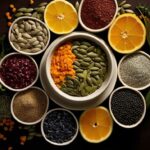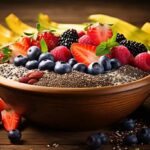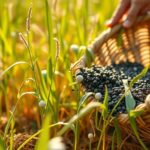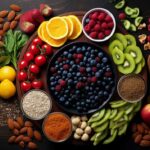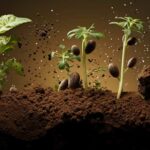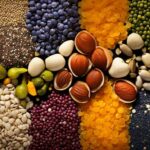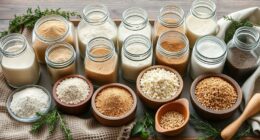Are you ready to learn the secrets to successful seed harvesting? Look no further! This article will reveal 14 covert techniques that will revolutionize your seed collection process.
From timing and proper signs of seed maturation to selecting the right tools and preparing the harvesting area, we’ve got you covered.
Get ready to maximize your seed yield and avoid common mistakes. Let’s dive in and serve you the knowledge you need for a bountiful harvest!
Key Takeaways
- Accurately identifying indicators of seed maturity is crucial for successful seed harvesting.
- Proper clearing and preparation of the harvesting area create an ideal environment for seed growth.
- Choosing and using appropriate tools, such as pruning shears and containers, ensures effective seed harvesting.
- Proper seed storage techniques, including using airtight containers and monitoring storage conditions, maintain seed viability.
Timing for Seed Harvesting
-
We determine the optimal timing for seed harvesting based on careful observation and evaluation. Proper seed maturation is crucial to ensure the highest quality and viability of the harvested seeds.
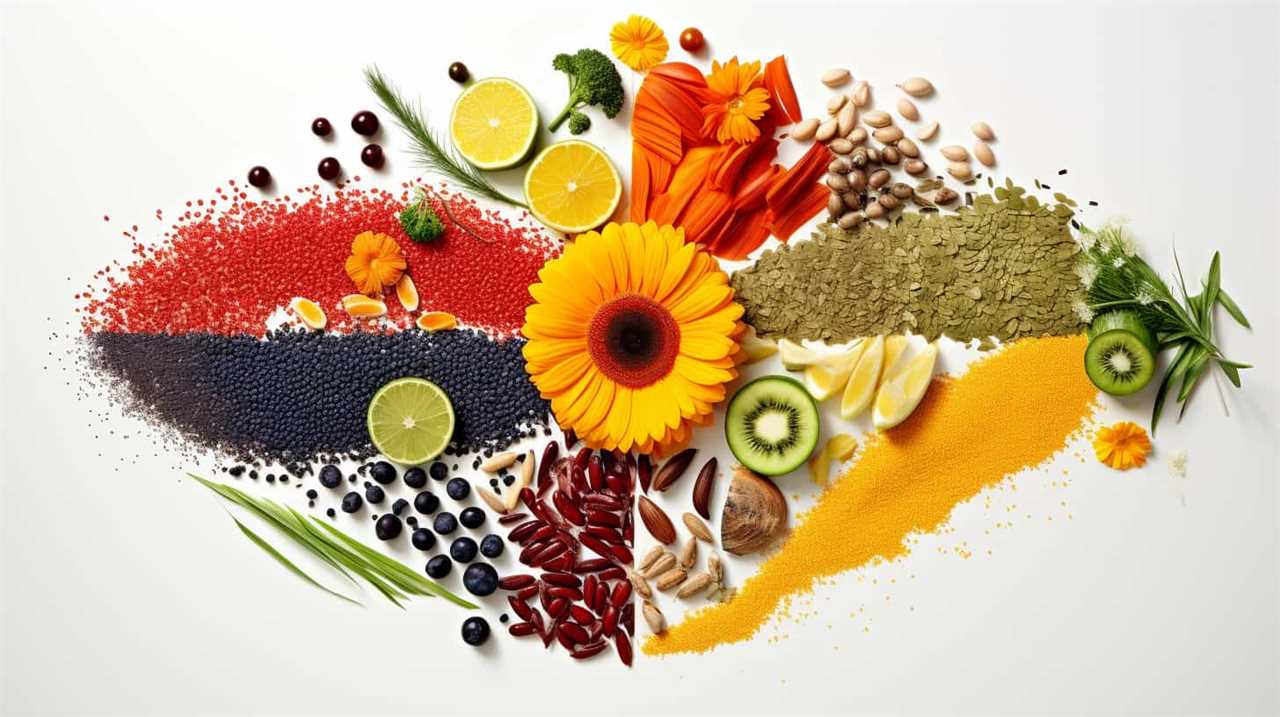
-
To identify mature seedlings, we rely on specific indicators such as color changes, seed size, and firmness. When the seeds reach their full size and acquire a characteristic color, usually different from the initial stage, it indicates their readiness for harvesting.
-
Additionally, gently pressing the seeds can help determine their firmness, signaling their maturity. It’s important to note that each plant species has its own specific signs of maturity, and experience and expertise play a critical role in accurately identifying these indicators.
-
By meticulously assessing these factors, we can ensure the optimal timing for seed harvesting, providing our audience with the best seeds for their needs.
Proper Seed Maturation Signs
Now let’s turn our attention to the proper signs of seed maturation.
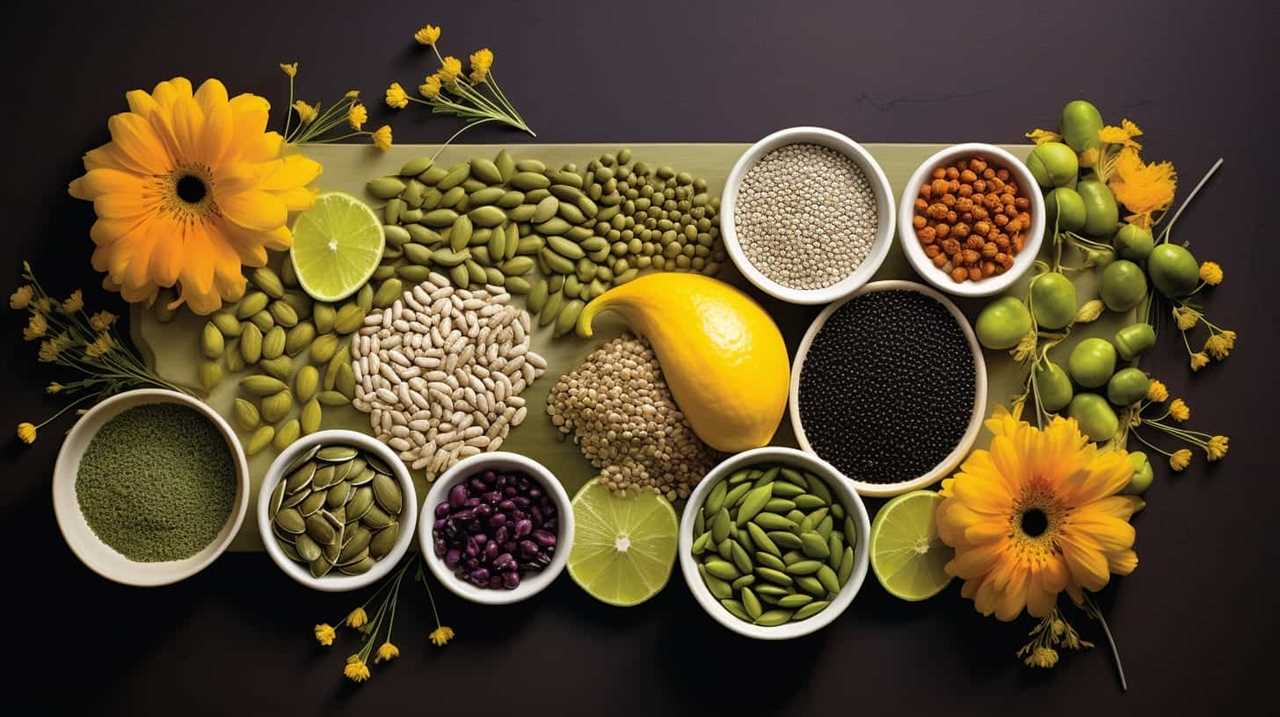
It’s crucial for successful seed harvesting to accurately identify mature seedlings. To do this, we need to look for specific indicators of maturation, such as changes in color, texture, and size.
These signs will guide us in determining the optimal time to harvest our seeds and ensure their viability for future planting.
Maturation Indicators for Seeds
We frequently observe clear maturation indicators in seeds when we harvest them successfully. Proper seed maturation signs are crucial in determining the optimal time to harvest seeds. Seed maturity evaluation plays a significant role in seed harvesting techniques. It involves assessing various indicators that indicate the seed’s readiness for collection. To help you better understand these indicators, we have provided a table below:
| Maturation Indicator | Description |
|---|---|
| Seed color | The color of the seed changes as it matures. |
| Seed hardness | Mature seeds are harder and more resistant to damage. |
| Seed weight | Fully mature seeds are heavier compared to immature ones. |
Identifying Mature Seedlings
To identify mature seedlings with proper seed maturation signs, we need to carefully observe specific characteristics. Here are four key indicators to look for:
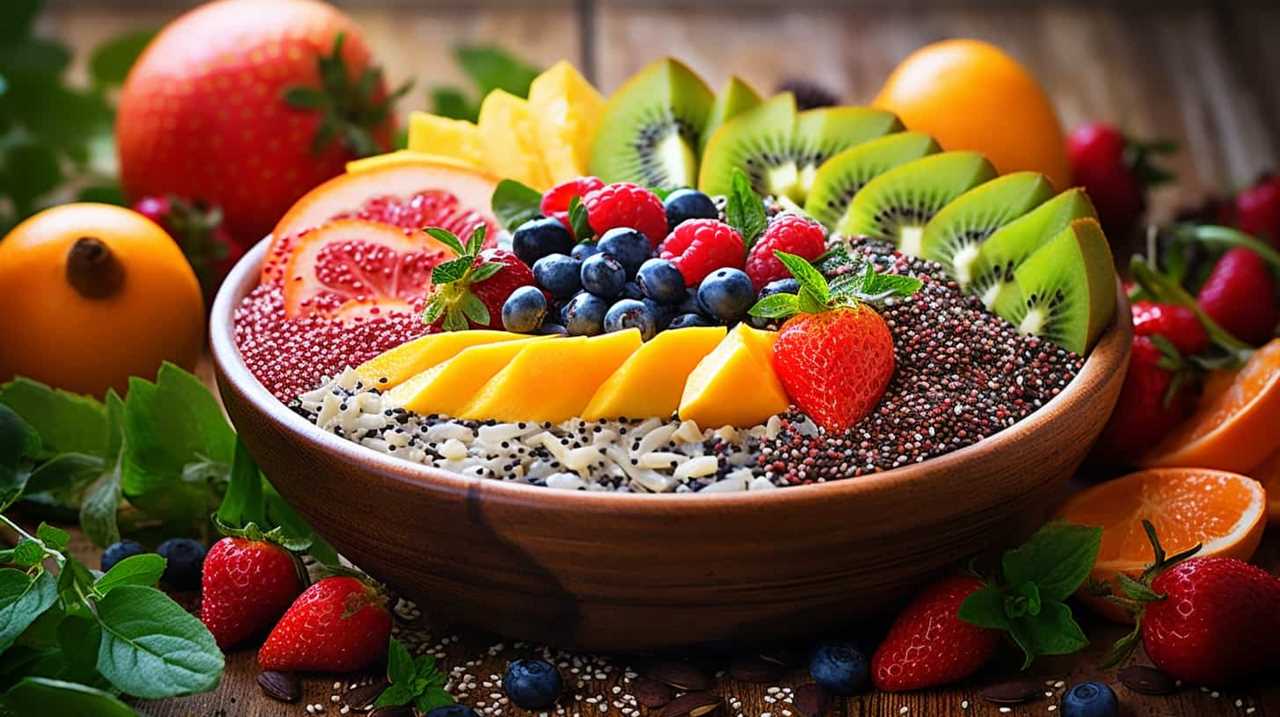
-
Leaf development: Mature seedlings will have fully developed leaves with distinct veins and a healthy green color. The leaves should be firm and not wilted or discolored.
-
Root system: Check the roots for a well-developed network. They should be evenly distributed and show signs of branching. Avoid seedlings with weak or sparse root systems, as they may struggle during transplantation.
-
Stem strength: Mature seedlings will have sturdy stems that can support their own weight. Gently touch the stem to assess its strength. Avoid seedlings with weak, spindly stems that may bend or break easily.
-
Overall vigor: Look for seedlings that exhibit overall vitality and vigor. They should be growing at a steady pace and show no signs of disease or pest damage.
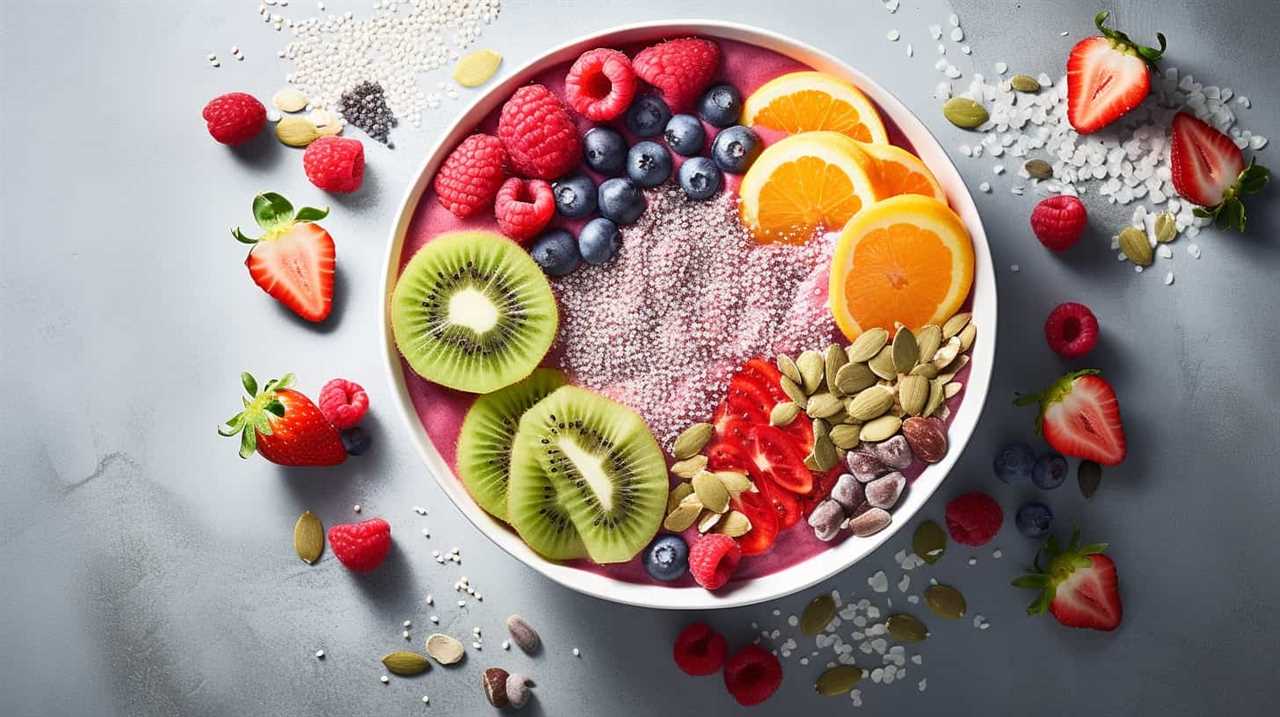
Selecting the Right Harvesting Tools
In order to effectively harvest seeds, it’s essential to choose the appropriate tools. Proper seed collection techniques require the use of essential seed harvesting equipment.
The first tool to consider is a pair of sharp, clean pruning shears. These will allow for precise cutting of seed heads without causing damage to the plant.
Additionally, a sturdy, wide-brimmed hat and gloves are crucial to protect against sharp thorns or prickly seed pods.
A small container or bag with a secure closure is necessary to collect the harvested seeds, ensuring they don’t spill or get mixed with other seeds.
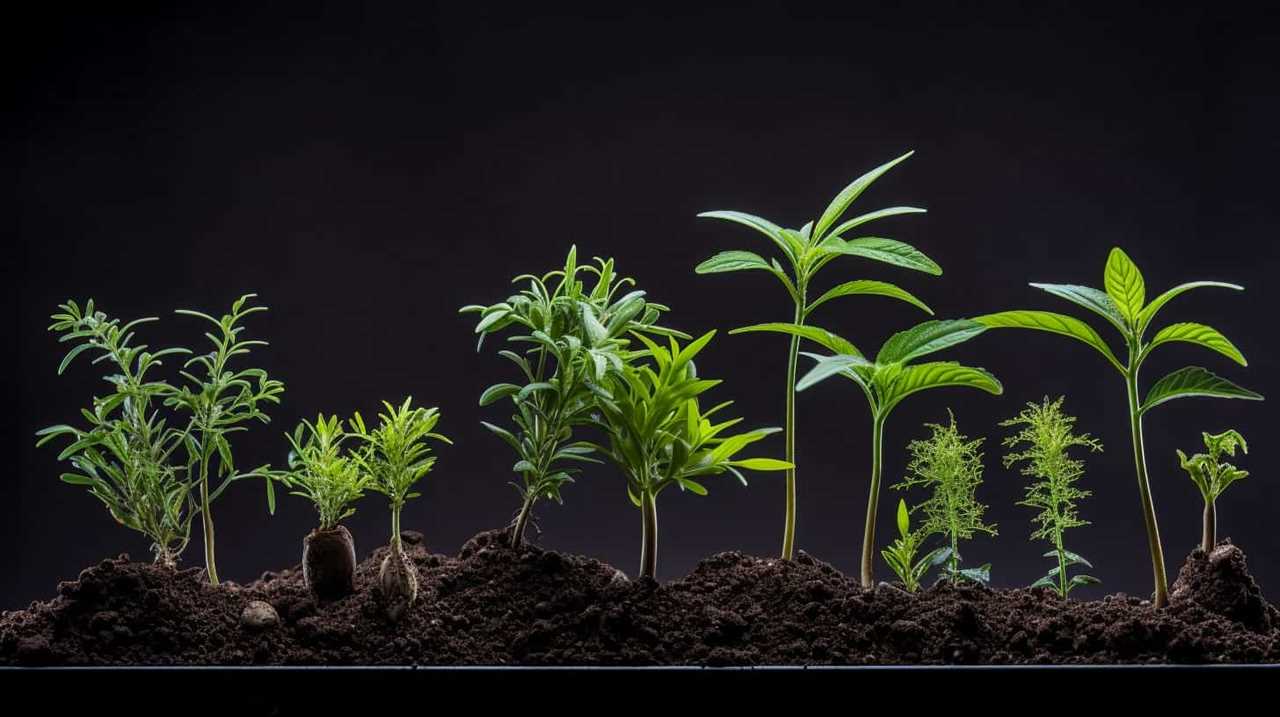
It’s also helpful to have a field guide or plant identification book on hand to accurately identify the plants and their specific seed harvesting requirements.
Preparing the Harvesting Area
After selecting the right harvesting tools, the next step is to prepare the harvesting area for optimal seed collection. To ensure the best results, follow these steps:
-
Clearing Techniques: Remove any debris, weeds, or unwanted vegetation from the area. This will create a clean and organized space for seed harvesting. Use rakes, shovels, or even a brush cutter to clear the area effectively.
-
Soil Preparation: Test the soil for its composition and fertility. Adjust the pH levels if necessary to create an ideal environment for seed growth. Add organic matter, such as compost or well-rotted manure, to improve soil structure and provide necessary nutrients.
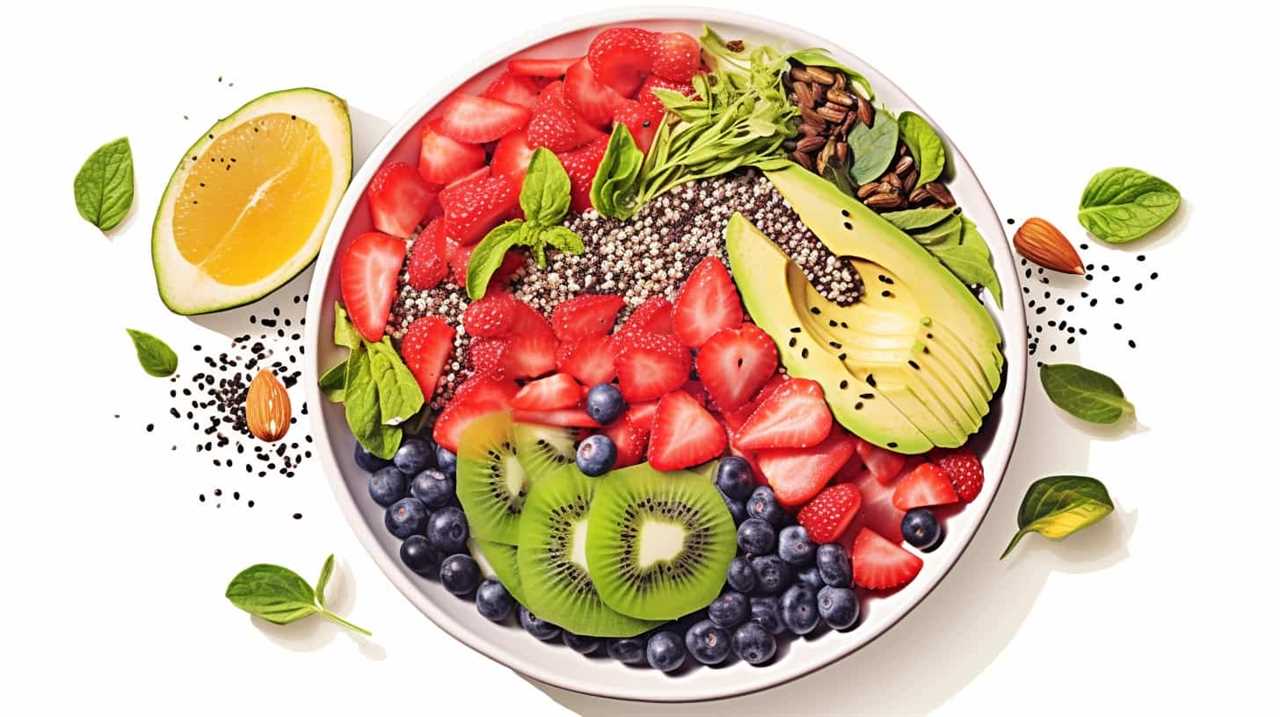
-
Seed Viability Testing: Before harvesting, it’s crucial to determine the viability of the seeds. Conduct a germination test to identify the percentage of viable seeds. This will help you prioritize the collection of seeds with high germination rates.
-
Marking and Labeling: Clearly mark the areas where seeds are being harvested. Use labels or tags to identify the type of seeds collected and the date of collection. This will ensure easier organization and tracking of the harvested seeds.
Clearing Debris and Weeds
Before we begin clearing debris and weeds, we need to assess the area for any potential obstacles or challenges. This step is crucial to ensure a smooth and efficient process of clearing the planting area and preventing weed growth.
First, we must remove any large debris such as fallen tree branches or rocks that may hinder the seed harvesting process.

Next, we need to identify and eliminate any existing weeds in the area. This can be done by manually pulling them out or using weed-killing solutions. It’s important to be thorough and remove the weeds by their roots to prevent regrowth.
By clearing the debris and weeds, we create a clean and fertile ground for the seeds to grow.
Now that the planting area is ready, let’s move on to the techniques for gathering mature seeds.
Techniques for Gathering Mature Seeds
Now that we’ve cleared the debris and weeds, it’s important to discuss the techniques for gathering mature seeds.
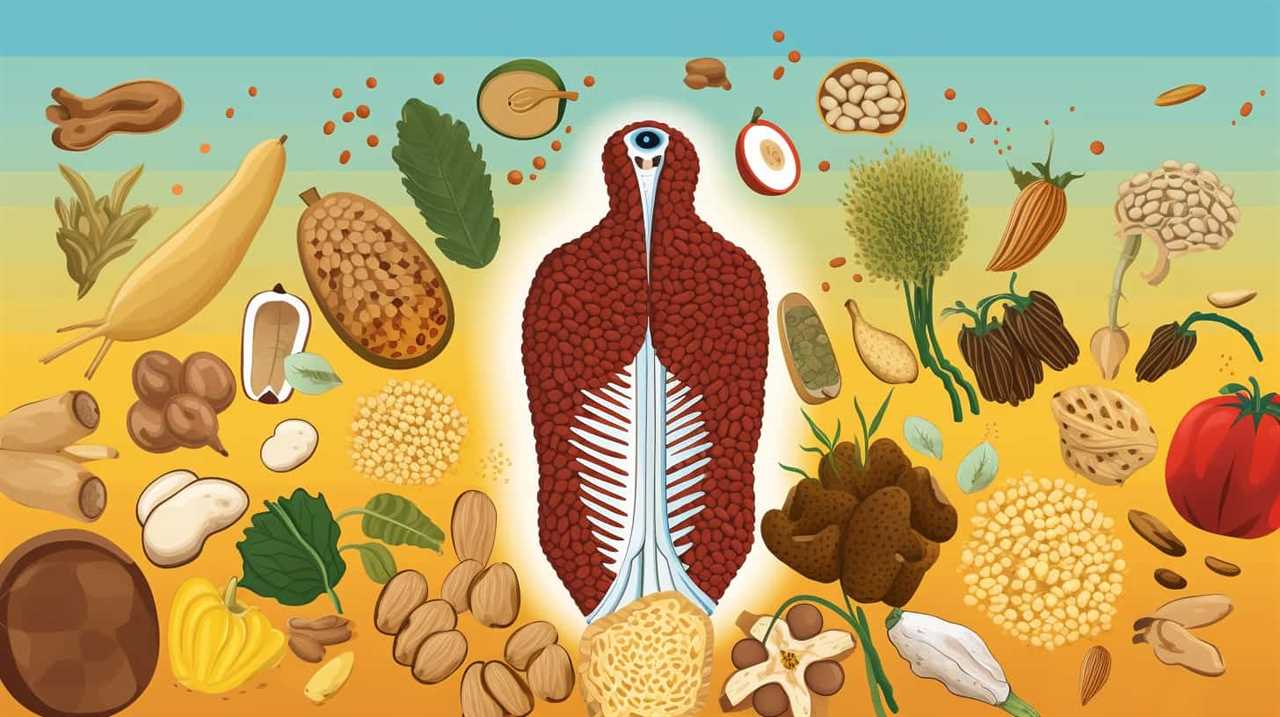
Timing for seed harvesting is crucial, as harvesting too early or too late can result in poor seed quality.
Proper seed storage is another key aspect, as it helps maintain seed viability and prevent deterioration.
Lastly, maximizing seed viability involves using effective techniques such as drying, cleaning, and treating the seeds to ensure their long-term survival.
Timing for Seed Harvesting
We carefully observe the ripening stage of the plants to determine the ideal time for gathering mature seeds. To ensure optimal harvesting conditions, we follow these steps:
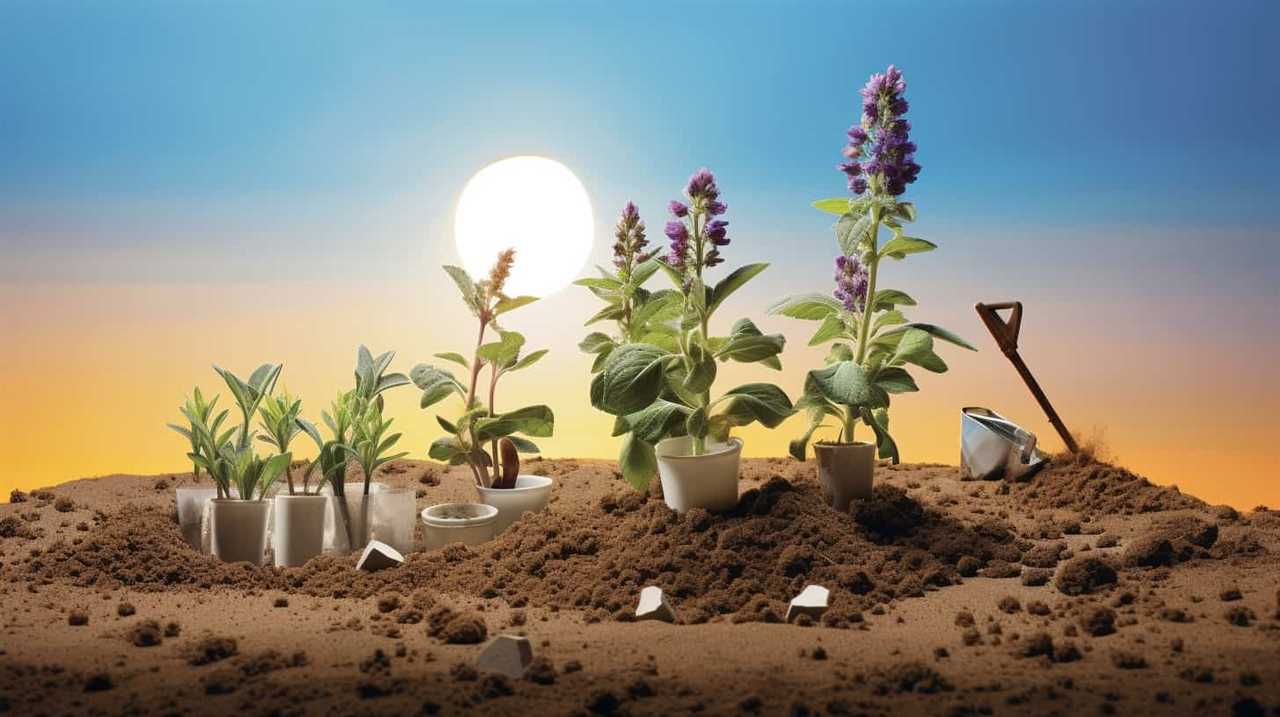
-
Monitoring: Regularly check the plants for signs of maturity, such as changes in color, texture, or seed pod formation.
-
Seed Dislodging: Gently shake the plants or use a soft brush to dislodge mature seeds from their pods or capsules.
-
Seed Viability Testing: Conduct a viability test to determine if the seeds are mature and capable of germination.
-
Harvesting: Collect the mature seeds by hand or using appropriate tools, ensuring minimal damage to the seeds and their surrounding structures.
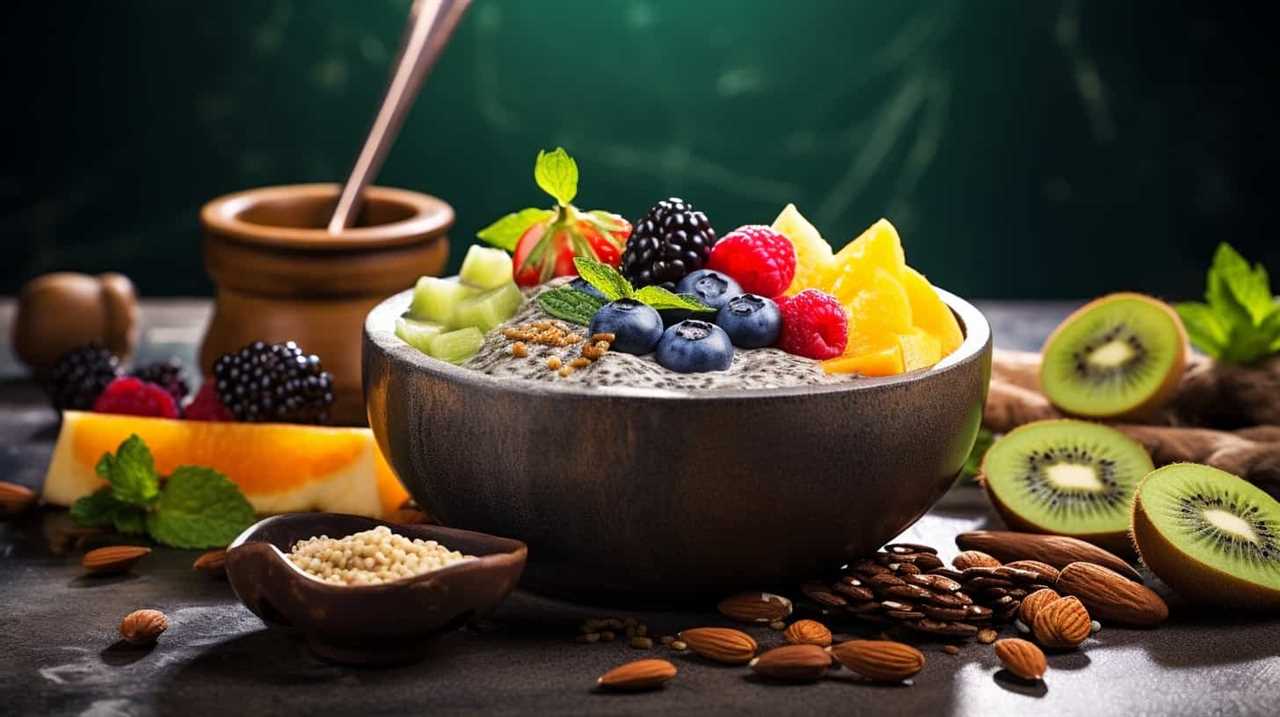
By carefully timing our seed harvesting techniques, we maximize the chances of obtaining high-quality seeds.
Now that we’ve gathered mature seeds, it’s crucial to discuss proper seed storage to maintain their viability and longevity.
Proper Seed Storage
To ensure the longevity and viability of the harvested seeds, proper storage techniques are essential. Implementing effective seed storage techniques is crucial in preserving the quality of seeds for future use.
One method is to store seeds in a cool and dry environment, as moisture and heat can cause damage and reduce their viability. It’s recommended to use airtight containers or bags to prevent moisture from entering and to protect the seeds from pests and diseases.
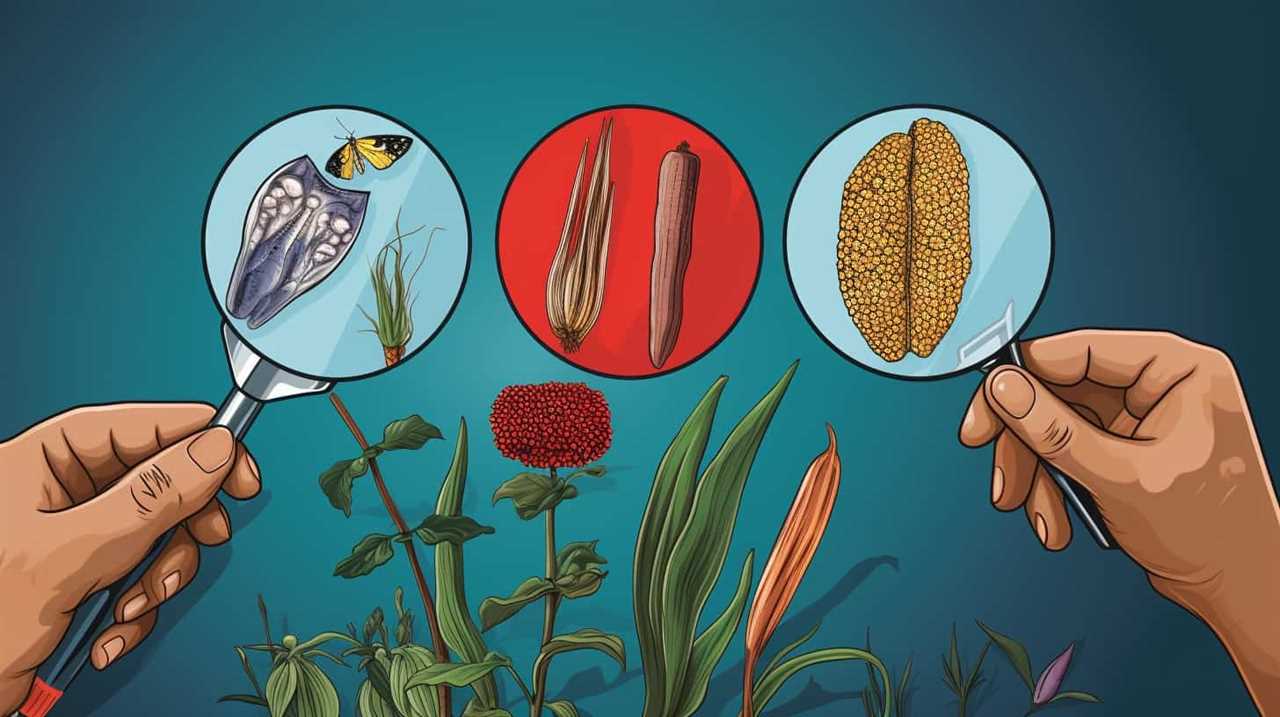
Additionally, labeling each container with the seed variety and date of storage is important for easy identification and rotation. Regularly monitoring the storage conditions and checking for any signs of deterioration or mold is also necessary.
Maximizing Seed Viability
Implementing effective techniques for gathering mature seeds is essential in maximizing seed viability and ensuring a successful seed harvest. To maximize seed germination and improve seed quality, follow these steps:
-
Timing is crucial: Harvest seeds when they’re fully mature and have reached their optimal seed moisture content. This will maximize their viability and potential for successful germination.
-
Proper handling: Handle seeds with care to prevent damage. Avoid rough handling, excessive heat, and moisture, as these can reduce seed quality and viability.
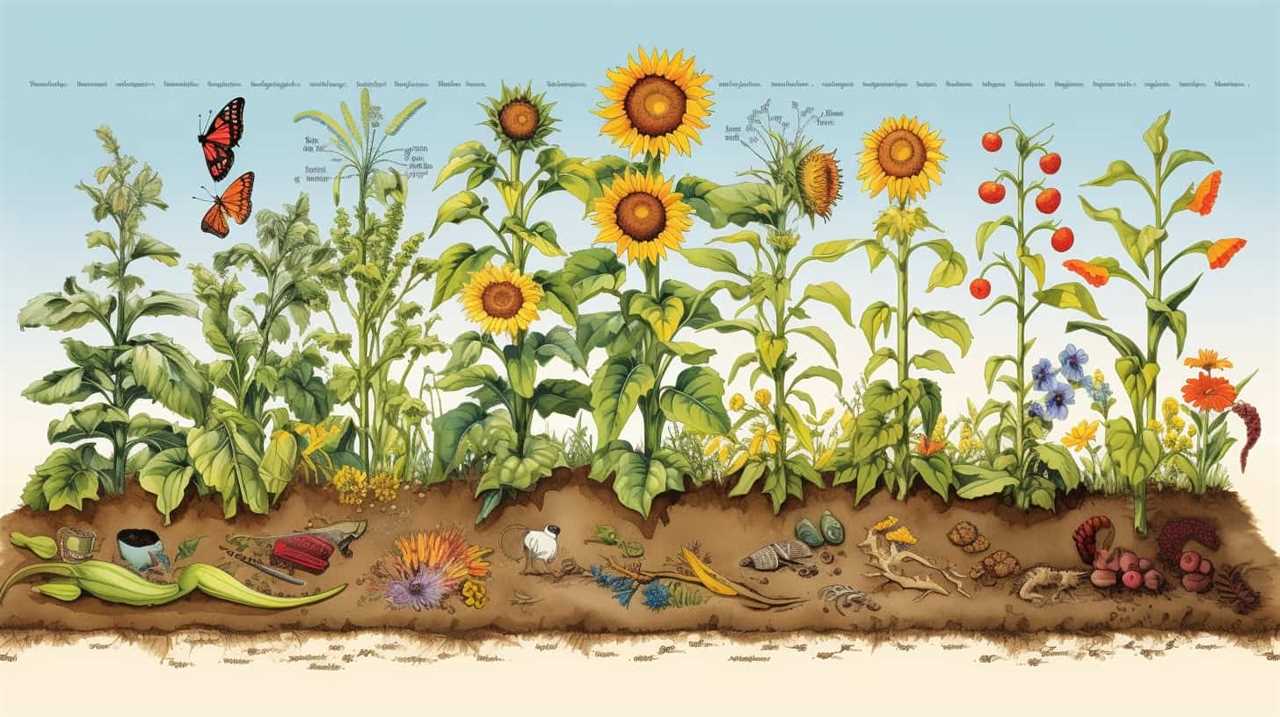
-
Cleaning and drying: Remove any debris or chaff from the seeds and allow them to dry thoroughly before storage. This will help prevent mold or fungal growth and maintain seed viability.
-
Storage conditions: Store seeds in a cool, dry, and dark place to maintain their viability. Use airtight containers or seed bags to protect them from moisture and pests.
Removing Excess Plant Material
After carefully evaluating the crop, our team efficiently removes any excess plant material during the seed harvesting process. This step is crucial to ensure the quality and purity of the harvested seeds. Excess plant material can include leaves, stems, chaff, and debris, which can hinder seed viability and storage.
To remove excess plant material, we employ various seed cleaning techniques. First, we utilize a winnowing process, where we gently toss the harvested seeds in the air to separate them from lighter plant debris. The lighter debris is carried away by the wind, leaving the clean seeds behind. Additionally, we use sieves and screens to further separate any remaining plant material from the seeds.
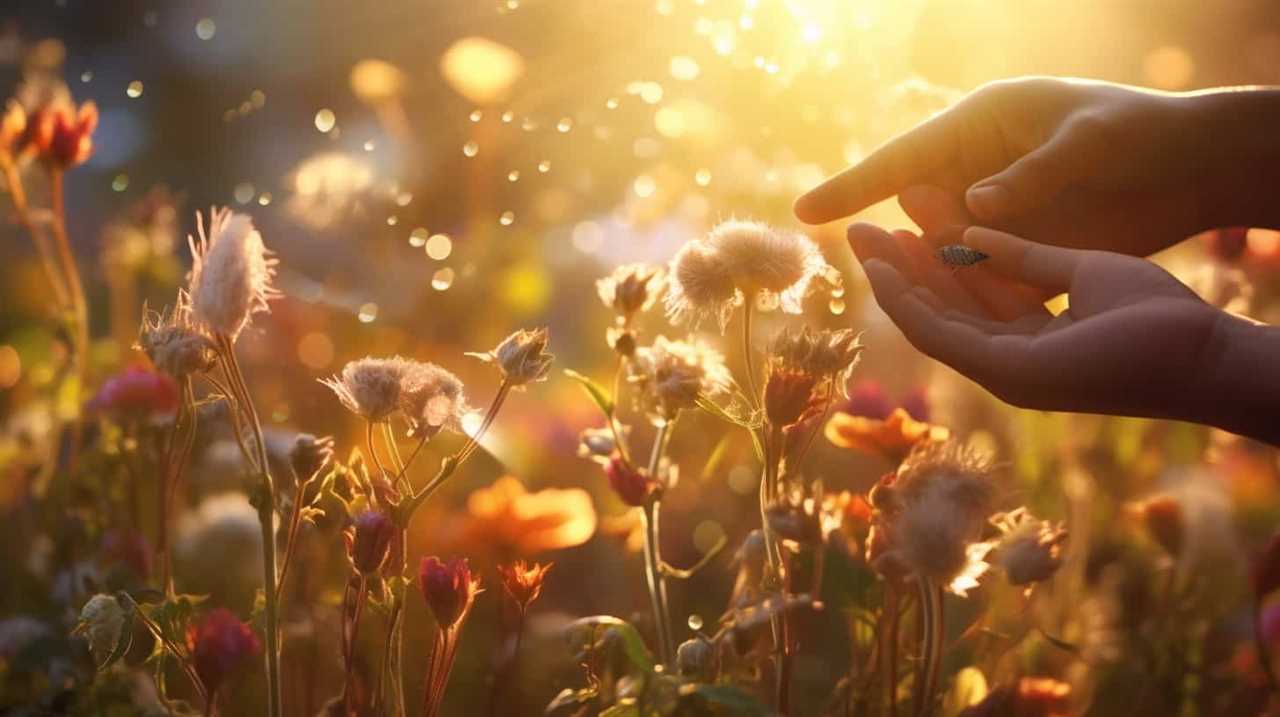
In order to provide optimal seed storage methods, we carefully remove all excess plant material to prevent mold, pests, and moisture accumulation. This ensures that the harvested seeds remain viable and of high quality for future use.
| Seed Cleaning Techniques | Seed Storage Methods |
|---|---|
| Winnowing | Proper packaging |
| Sieving | Temperature control |
| Screening | Moisture control |
| Pest prevention |
Cleaning and Sorting Harvested Seeds
When it comes to cleaning harvested seeds, there are several effective techniques that can be employed. These techniques ensure that any remaining plant material or debris is removed, resulting in cleaner and more viable seeds.
Additionally, sorting the harvested seeds is of utmost importance as it allows for the removal of any damaged or immature seeds, ensuring that only the highest quality seeds are used for planting or storage.
Effective Seed Cleaning Techniques
To ensure the quality of our harvested seeds, we begin by carefully cleaning and sorting them using proven techniques. Effective seed cleaning is crucial for maintaining seed viability and optimizing seed storage. Here are four essential steps to follow:
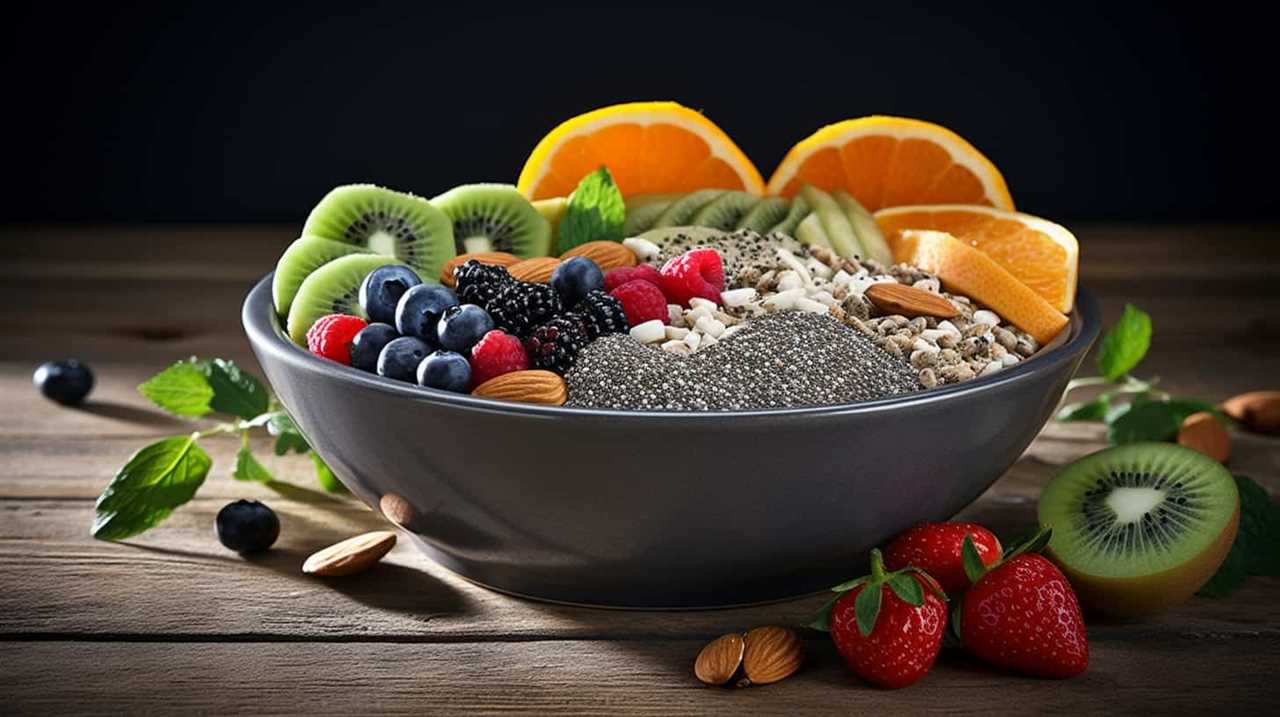
-
Remove debris: Start by removing any plant material, rocks, or other foreign objects from the harvested seeds. This can be done by gently sifting the seeds through a fine-mesh sieve or using an air blower to blow away lighter debris.
-
Rinse the seeds: Fill a container with clean water and soak the seeds for a few minutes. Swirl them gently to dislodge any remaining dirt or impurities. Drain the water and repeat the rinsing process if necessary.
-
Dry the seeds: Spread the cleaned seeds on a clean, dry surface such as a paper towel or a fine-mesh screen. Allow them to air dry completely in a well-ventilated area, away from direct sunlight.
-
Sort the seeds: Once dry, carefully inspect the seeds for any damaged or diseased ones. Remove them to ensure only healthy seeds are stored.
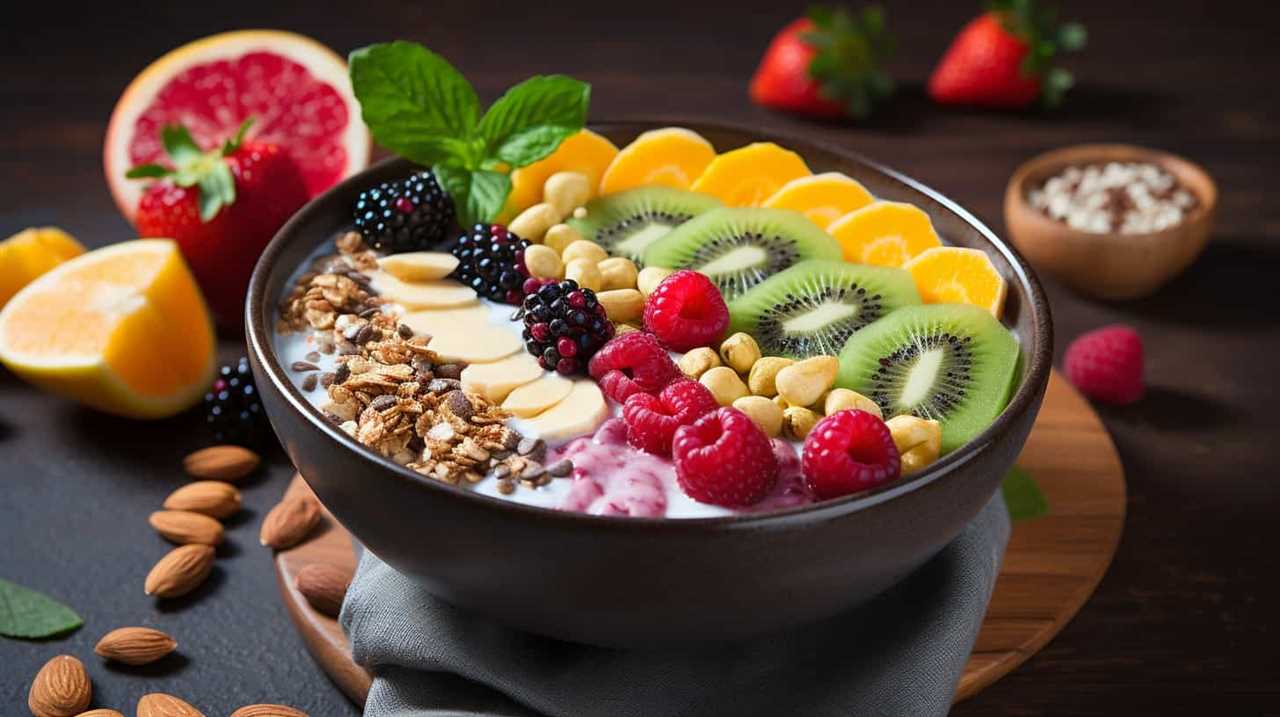
Importance of Seed Sorting
After effectively cleaning the harvested seeds, we now move on to the vital task of sorting them to ensure only the highest quality seeds are retained for future use. Proper seed handling during the sorting process is crucial to maintain seed viability and maximize germination rates. Sorting involves separating the seeds based on their characteristics such as size, weight, and shape. This can be done manually or with the help of specialized equipment. Additionally, seed viability testing is an essential step in the sorting process. By conducting viability tests, we can determine the percentage of seeds that are capable of germination. This information helps us make informed decisions about which seeds to keep and which to discard, ensuring that only the best seeds are selected for planting.
| Sorting Criteria | Suitable Seeds |
|---|---|
| Size | Seeds of uniform size and shape |
| Weight | Seeds with optimal weight for proper germination |
| Shape | Seeds with intact and undamaged outer seed coat |
| Color | Seeds with vibrant and characteristic color |
Drying Methods for Chia Seeds
We prefer air-drying chia seeds to maintain their nutritional value and prevent mold growth. Here are four drying techniques to ensure seed viability:
-
Spread the harvested chia seeds on a clean, dry surface in a single layer. Avoid overcrowding to allow proper airflow.
-
Place the seeds in a well-ventilated area away from direct sunlight. This helps prevent heat damage and maintains the seeds’ delicate composition.
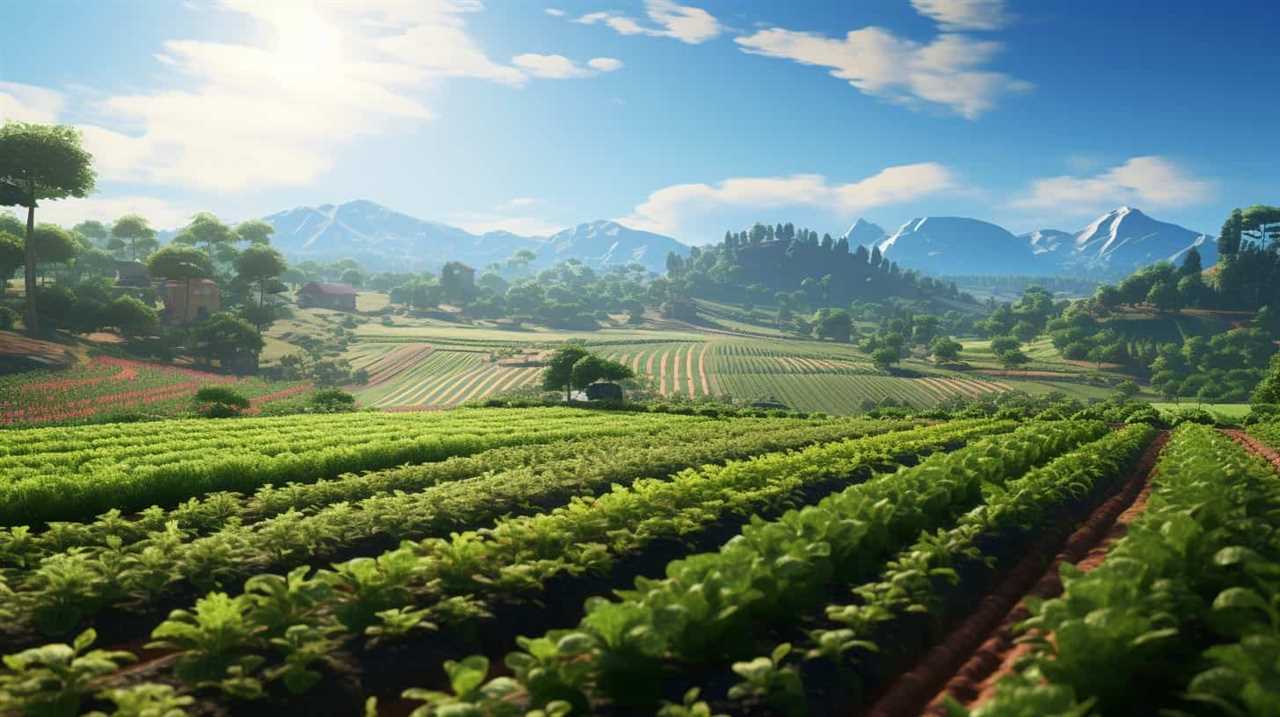
-
Stir the seeds periodically to promote even drying and prevent clumping. This ensures that all seeds are exposed to air and dried uniformly.
-
Monitor the moisture content of the seeds during drying. They should be completely dry before storing to prevent mold growth and maintain seed viability.
By following these drying techniques, you can preserve the nutritional value and longevity of your chia seeds.
Now, let’s move on to the next section about storing chia seeds for longevity.
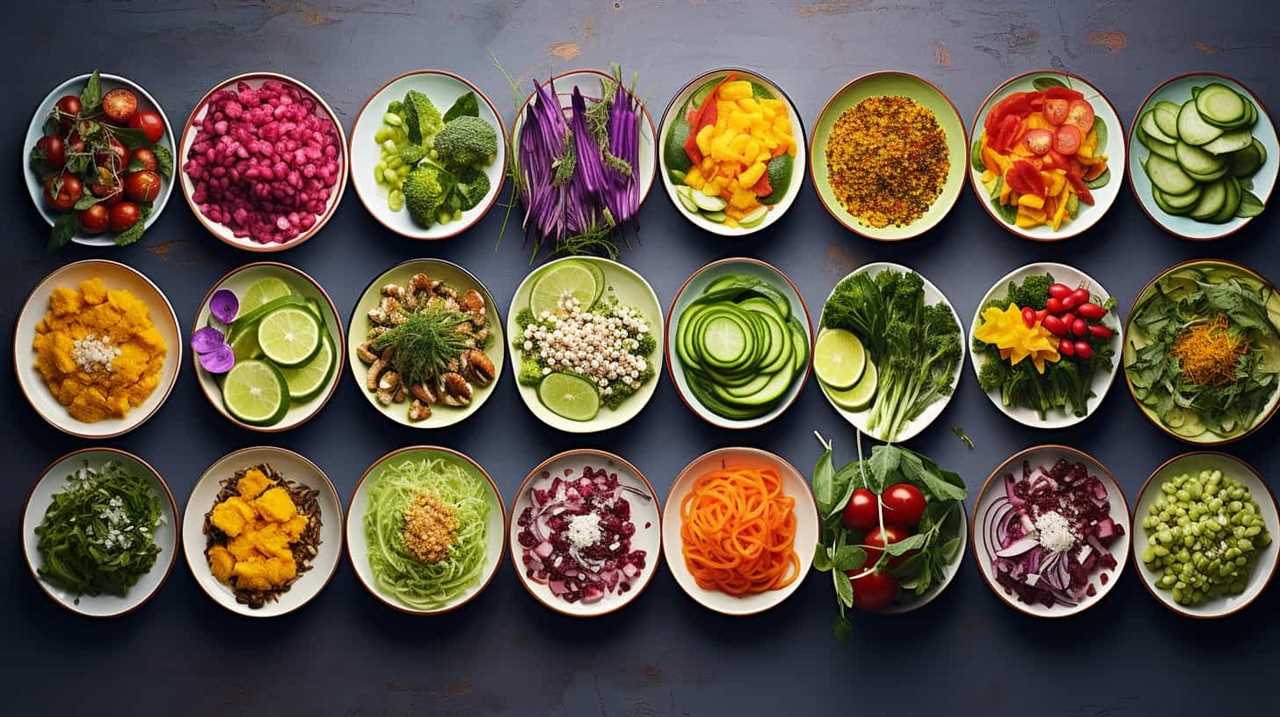
Storing Chia Seeds for Longevity
Now that we’ve successfully dried our chia seeds, let’s move on to storing them for long-term viability. Proper seed storage techniques are essential to prevent seed spoilage and maintain seed quality.
To ensure the longevity of chia seeds, it’s important to store them in a cool and dark place. Exposing seeds to heat and light can lead to premature deterioration.
Additionally, it’s crucial to store seeds in airtight containers to protect them from moisture and pests. Consider using glass or metal containers with tight-fitting lids to create a barrier against external elements.
Labeling the containers with the date of storage can help keep track of seed freshness.
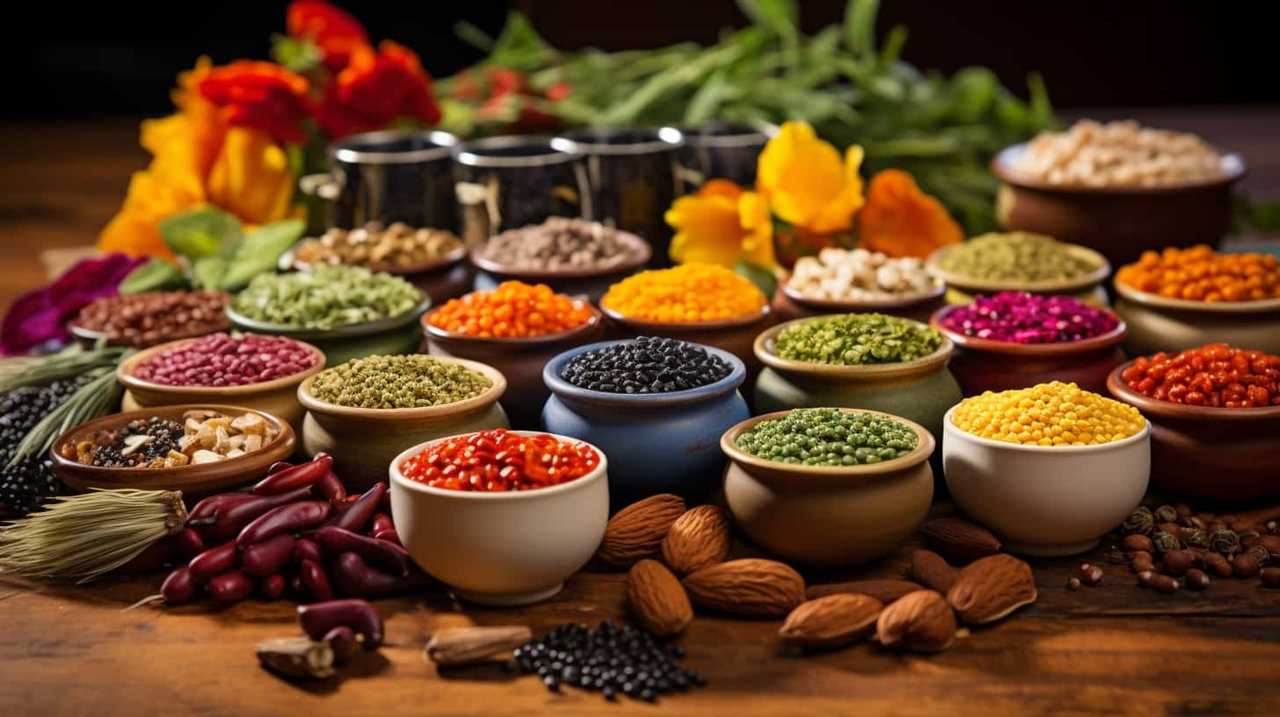
Protecting Seeds From Pests and Mold
Now that we’ve harvested our seeds, it’s crucial to protect them from pests and mold to ensure their viability for future planting.
To effectively control pests, we can employ strategies such as regular inspection, implementing physical barriers, and using organic insecticides.
Additionally, preventing seed mold involves maintaining proper humidity levels, providing adequate ventilation, and storing seeds in dry and cool conditions.
Lastly, we can employ various seed protection methods like using airtight containers, adding desiccants, and labeling and organizing our seeds for easy retrieval.
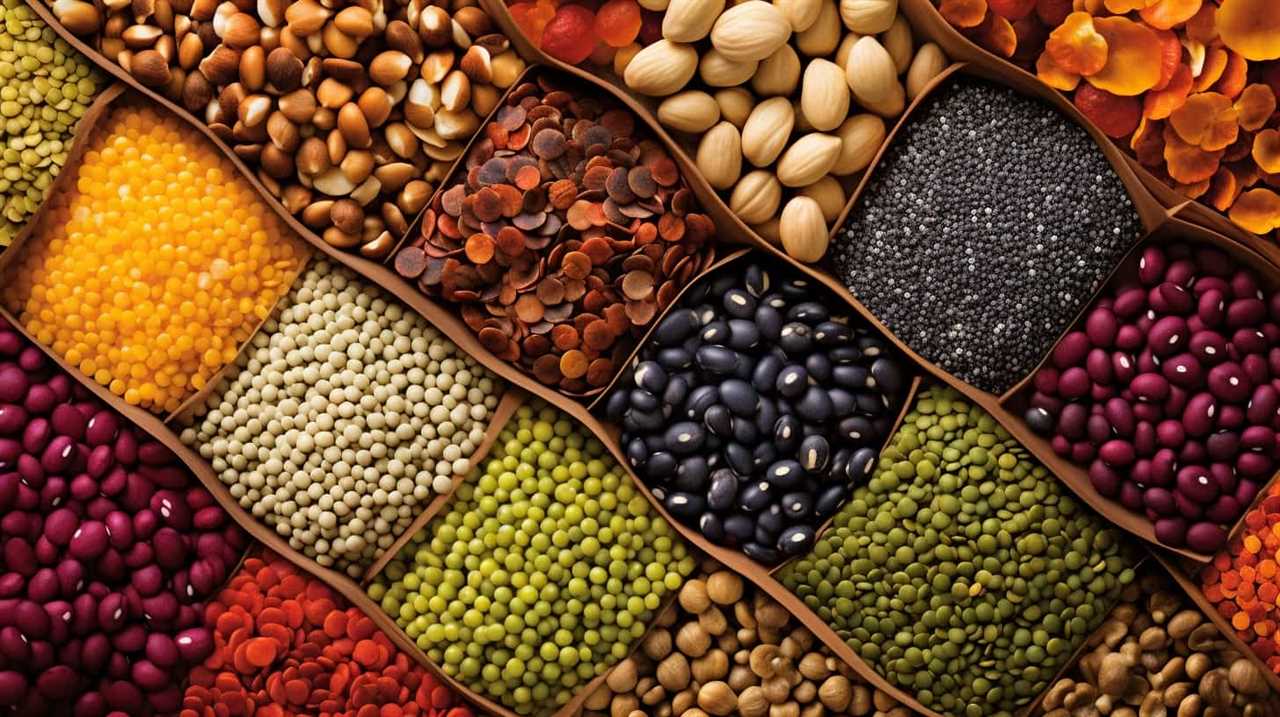
Pest Control Strategies
One essential step in successful seed harvesting is implementing effective pest control strategies to safeguard the seeds from pests and mold. To ensure the protection of seeds, the following methods and techniques can be employed:
-
Crop Rotation: Rotating crops helps disrupt the life cycle of pests by depriving them of their preferred host plants. This reduces the pest population and prevents them from infesting the seeds.
-
Biological Control: This method involves using natural enemies of pests, such as beneficial insects or nematodes, to control their population. These biological agents can be introduced into the garden to prey on pests and provide long-term protection for the seeds.
-
Physical Barriers: Using physical barriers like nets, screens, or row covers can prevent pests from reaching the seeds. These barriers act as a shield, blocking pests while still allowing air and sunlight to reach the plants.
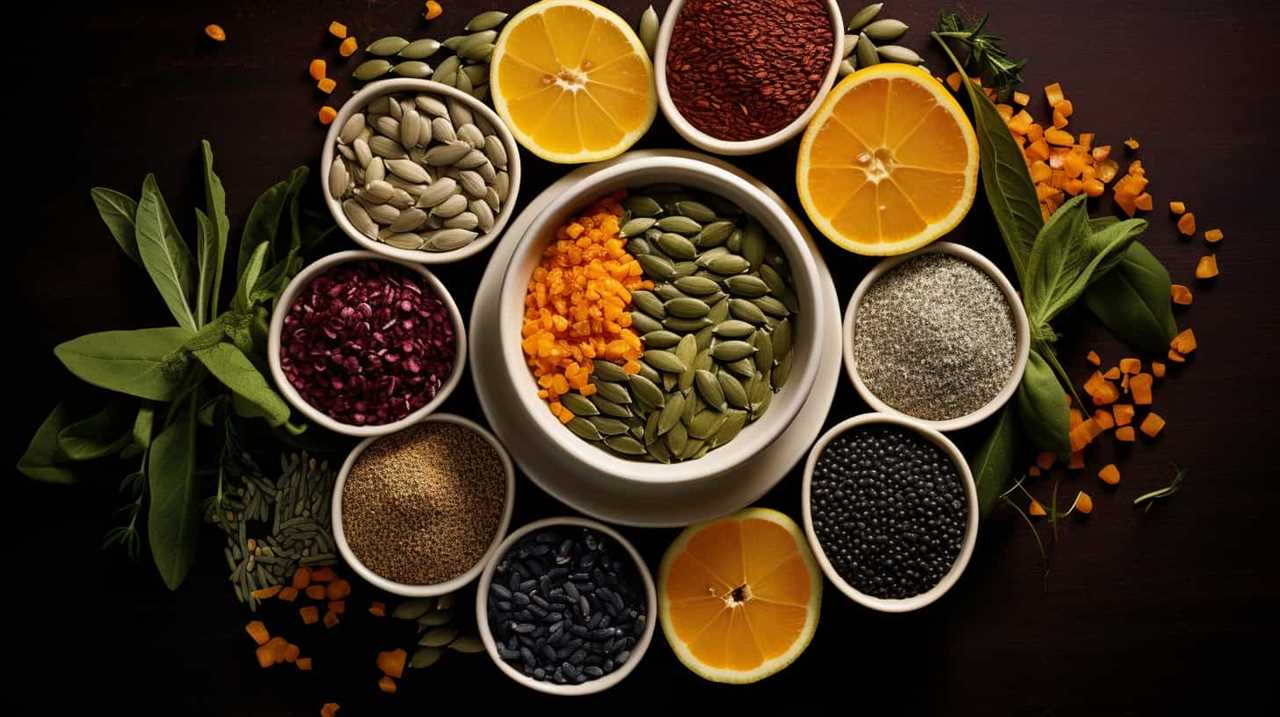
-
Proper Storage: Storing harvested seeds in a cool, dry place with low humidity is crucial to prevent mold growth. Using airtight containers or sealed bags can also protect the seeds from pests like rodents and insects.
Preventing Seed Mold
To prevent seed mold and protect our seeds from pests and mold, we employ various techniques and strategies.
Preventing seed spoilage and seed rot is crucial for ensuring the success of our seed harvesting efforts. One effective method is to ensure proper storage conditions. Seeds should be stored in a cool, dry place with low humidity to prevent the growth of mold.
It’s also important to inspect the seeds regularly for any signs of mold or pest infestation. If any contaminated seeds are found, they should be removed immediately to prevent the spread of mold.
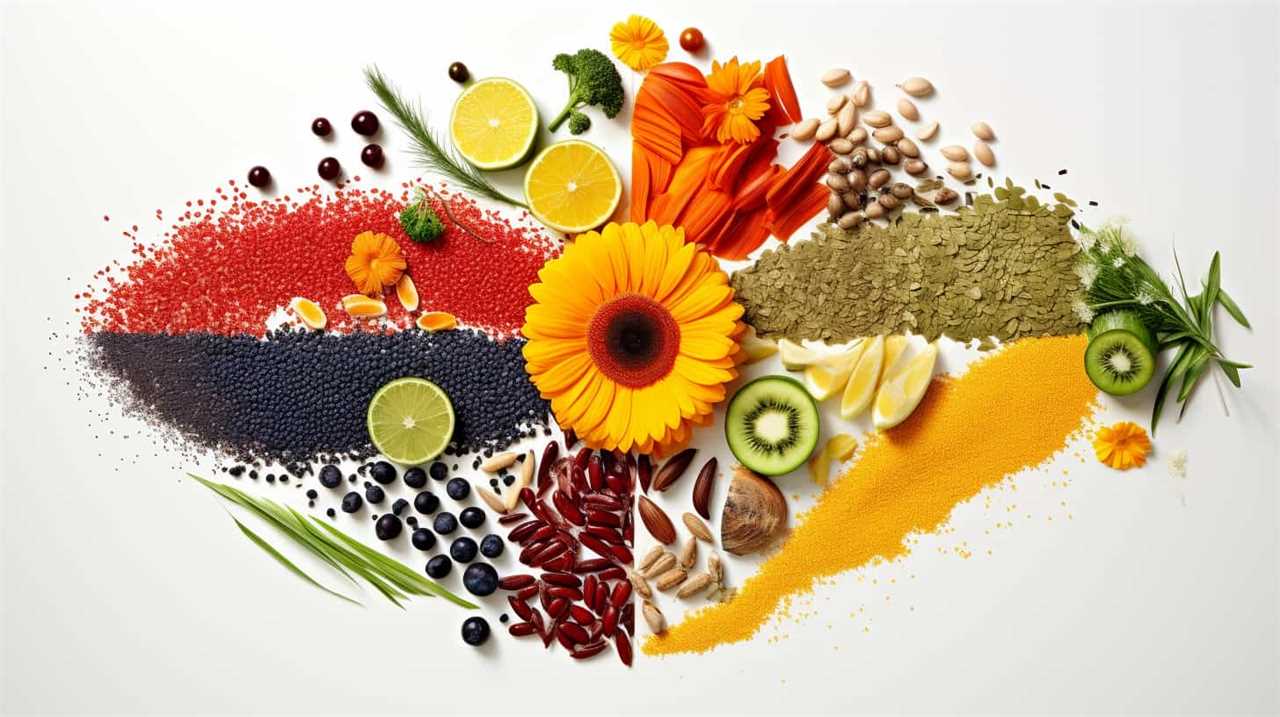
Additionally, proper ventilation is essential to maintain airflow and reduce moisture buildup, as this can also contribute to mold growth.
Seed Protection Methods
How can we effectively protect our seeds from pests and mold during the seed harvesting process? Here are some seed protection methods to ensure maximum seed yield and prevent seed mold:
-
Clean and dry seeds thoroughly: Remove any debris, weeds, or diseased seeds before storing. Ensure that the seeds are completely dry to prevent the growth of mold.
-
Store seeds in a cool and dry place: Use airtight containers or seed envelopes to store the seeds. Keep them in a cool and dry location to minimize the risk of pests and mold infestation.
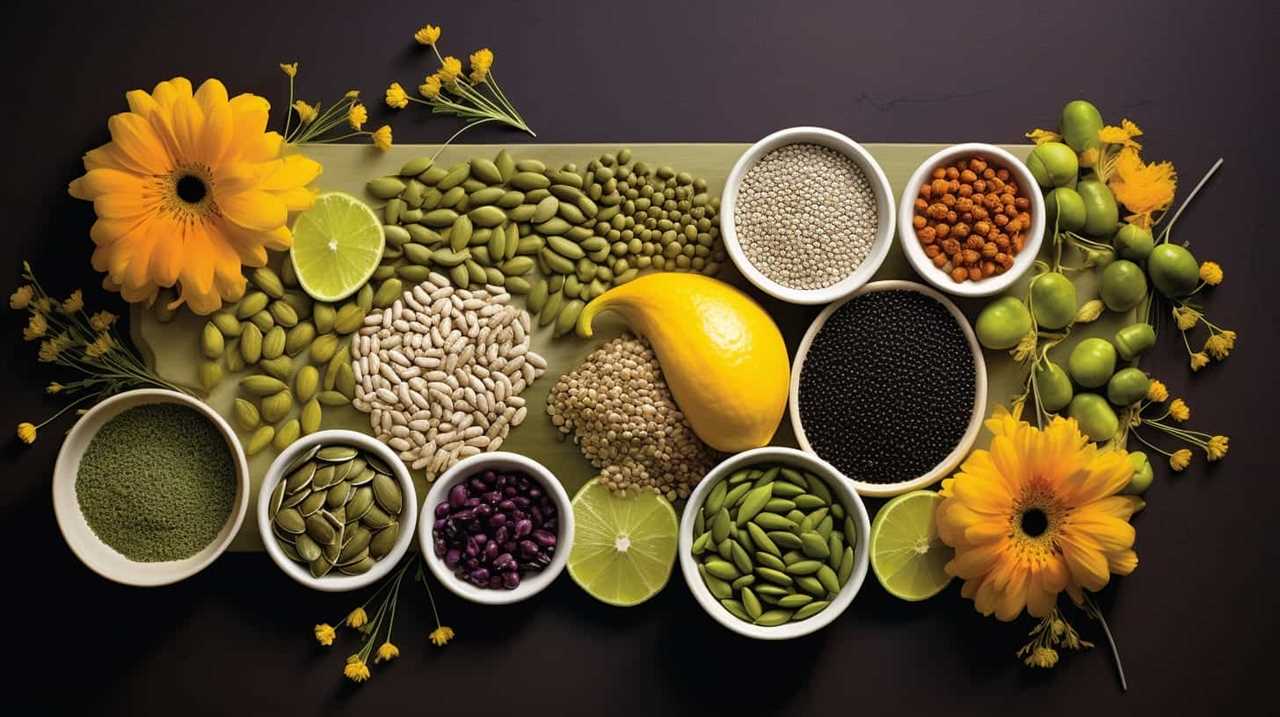
-
Use natural pest deterrents: Consider using organic pest control methods such as neem oil or diatomaceous earth to repel pests without harming the seeds or the environment.
-
Regularly inspect and monitor stored seeds: Check the stored seeds for signs of mold or pests on a regular basis. Remove any affected seeds immediately to prevent further contamination.
By following these seed protection methods, you can safeguard your seeds from pests and mold, ensuring a higher seed yield.
Now, let’s move on to the next section, where we’ll discuss tips for maximizing seed yield.
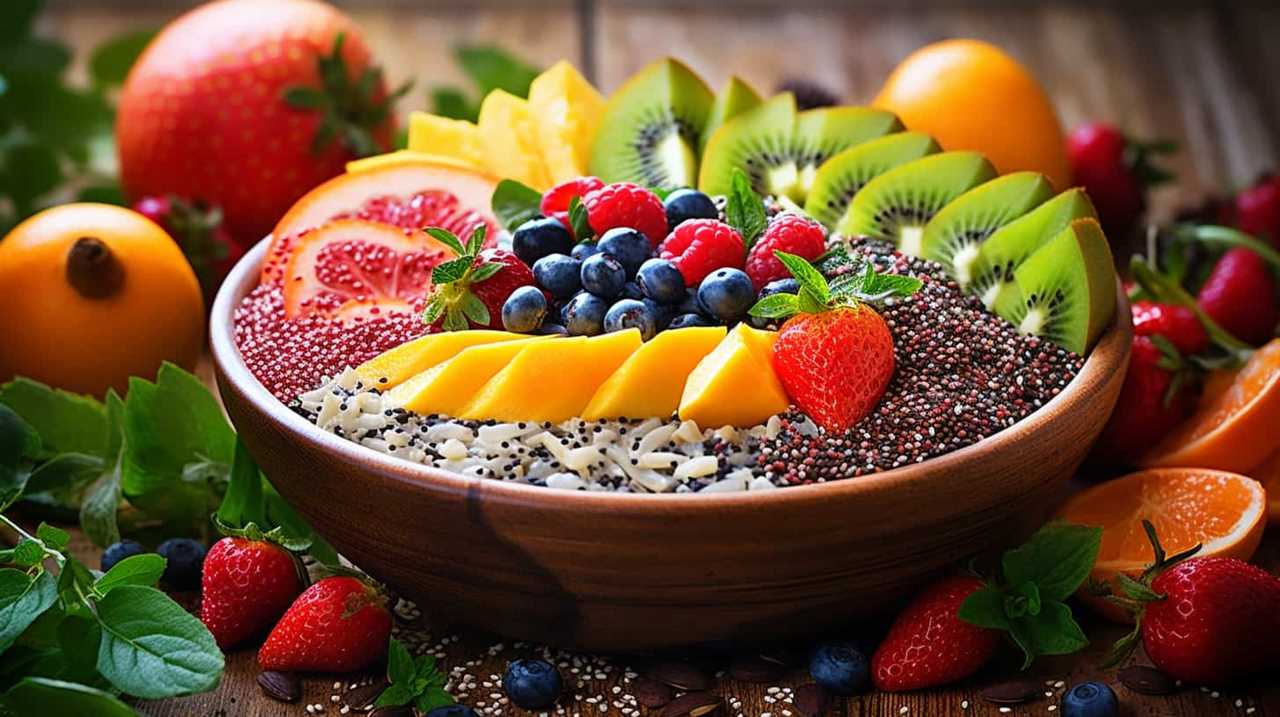
Tips for Maximizing Seed Yield
As avid gardeners, we have discovered effective techniques to maximize seed yield. By implementing proper post-harvest seed treatment methods, we can significantly increase the quality and quantity of seeds harvested. Here are some tips to help you maximize your seed yield:
| Techniques | Description | Benefits |
|---|---|---|
| Adequate Pollination | Ensure sufficient pollinators in your garden to enhance seed production. | Higher seed set |
| Proper Watering | Provide consistent moisture, especially during flowering and seed maturation. | Prevents seed abortion |
| Timely Harvest | Collect seeds at the right stage of maturity to ensure optimal viability. | High germination rates |
Implementing these techniques will lead to a bountiful harvest of high-quality seeds. Now, let’s explore the process of harvesting chia seeds in different climates.
Harvesting Chia Seeds in Different Climates
In our experience, different climates can greatly impact the process of harvesting chia seeds. When considering climate, there are a few important factors to keep in mind:
-
Temperature: Chia plants thrive in moderate temperatures, preferably between 60-75°F (15-24°C). Extreme heat can cause the plants to wither and produce fewer seeds, while frost can damage or kill the plants altogether.
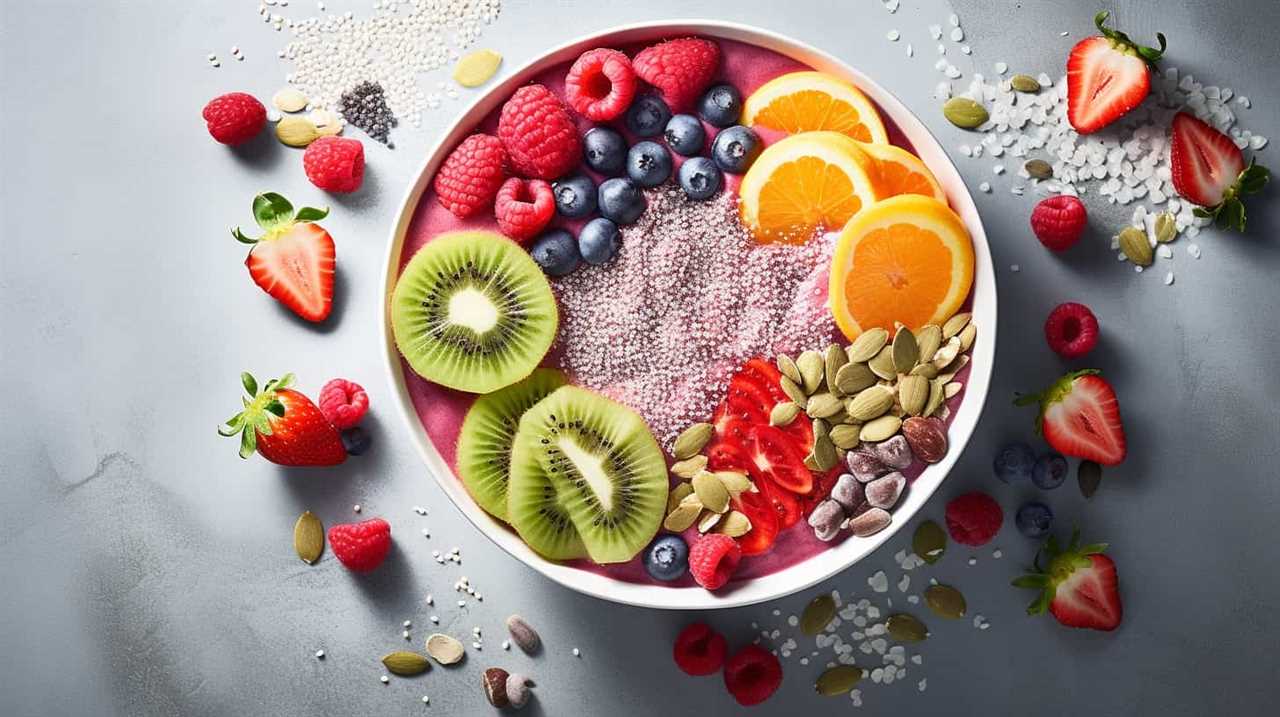
-
Rainfall: Chia seeds require a well-drained soil and prefer a dry climate. Excessive rainfall can lead to waterlogged soil, which can hinder seed production and increase the risk of diseases.
-
Humidity: High humidity levels can promote the growth of mold and fungi, which can be detrimental to chia plants. Adequate ventilation is crucial to maintaining optimal humidity levels and preventing seed damage.
-
Seed Dormancy: Chia seeds have a natural dormancy period which can vary depending on the climate. In warmer climates, the dormancy period may be shorter, while in colder climates, it may be longer. Understanding the seed dormancy period can help in determining the ideal time for harvesting.
Common Mistakes to Avoid in Seed Harvesting
To ensure a successful seed harvest, it’s essential that we avoid common mistakes by employing proper techniques and strategies.
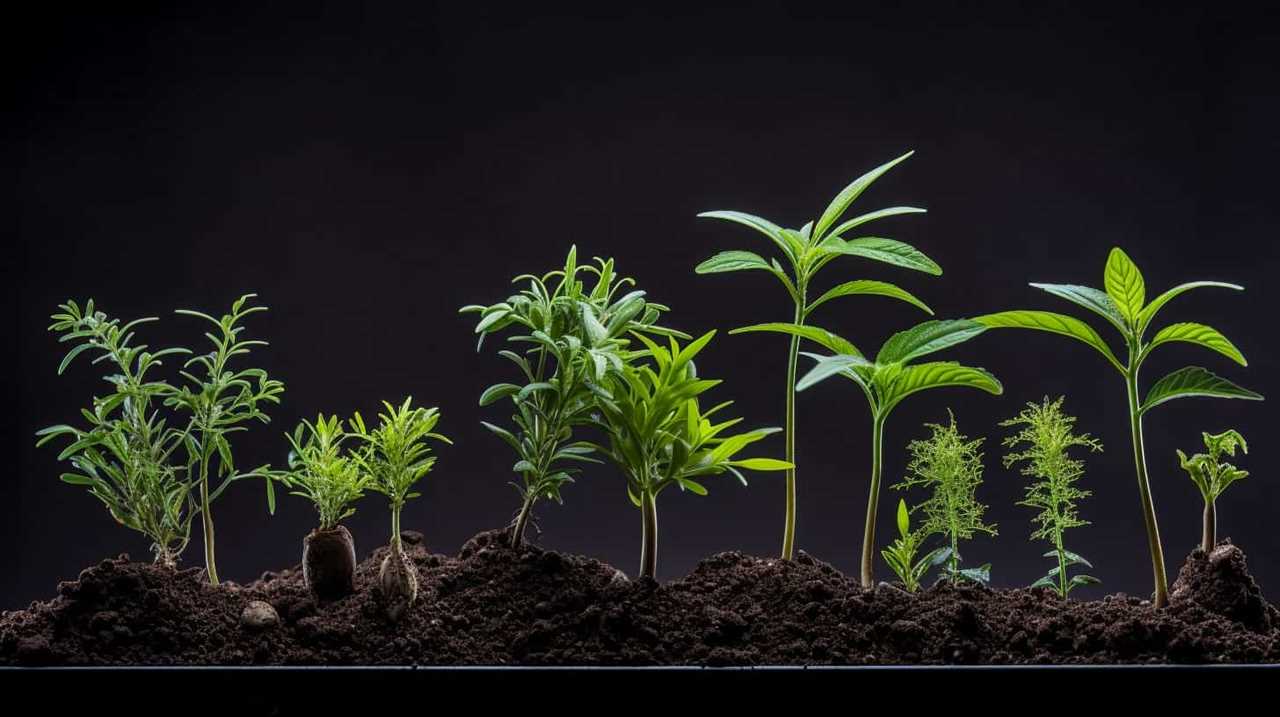
One common mistake to avoid is timing mistakes. It’s crucial to harvest seeds at the right time to ensure optimal quality and viability. Harvesting too early may result in underdeveloped seeds, while harvesting too late may lead to seeds that have already dispersed. It’s important to carefully monitor the plants and observe the signs of maturity, such as changes in color, texture, or seed pod openings.
Another common mistake is improper storage techniques. Seeds should be stored in a cool, dry, and dark place to maintain their viability. Moisture, heat, and light can cause seeds to deteriorate quickly. Using airtight containers or seed packets and placing them in a refrigerator or freezer can help prolong their shelf life.
Frequently Asked Questions
How Do I Know if My Harvested Seeds Are Viable?
To determine seed viability, we can use various testing methods such as the germination test or tetrazolium staining. Factors affecting seed viability assessment include genetics, storage conditions, and maturity.
Can I Use the Same Harvesting Tools for Different Types of Seeds?
When it comes to seed harvesting, using different tools for different types of seeds is crucial. We need to determine what tools are best for each seed variety to ensure successful harvest and maintain seed viability.
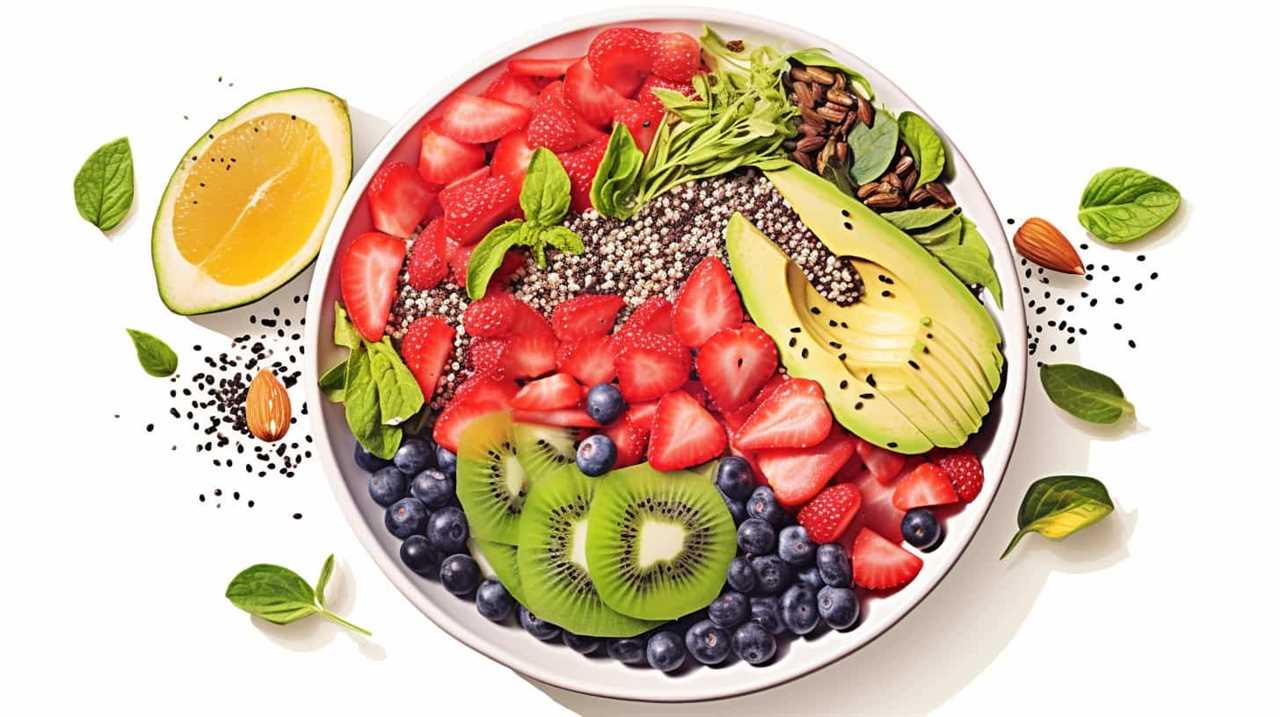
Is It Necessary to Dry Chia Seeds Before Storing Them?
Yes, it is necessary to dry chia seeds before storing them. Proper moisture control is essential for successful seed storage. We recommend following best practices to ensure the longevity and quality of your chia seeds.
What Are Some Effective Ways to Protect Seeds From Pests and Mold?
To protect seeds from pests and mold, effective methods for seed storage include using airtight containers, keeping them in a cool and dry place, and adding desiccants. Additionally, proper cleaning and inspection of seeds can prevent contamination.
Are There Any Special Considerations for Harvesting Chia Seeds in Colder Climates?
When harvesting chia seeds in snowy conditions, it is important to consider storing them in freezing temperatures. Our methodical approach ensures the preservation of these valuable seeds, serving others with quality products.
Conclusion
In the world of seed harvesting, timing is everything. By carefully observing the signs of seed maturation and selecting the right tools, we can ensure a successful harvest.

Clearing debris and protecting the seeds from pests and mold are crucial steps in maximizing seed yield.
Whether we’re harvesting chia seeds in different climates or avoiding common mistakes, attention to detail is key.
Let’s embark on this methodical journey and watch our gardens bloom with the fruits of our labor.


